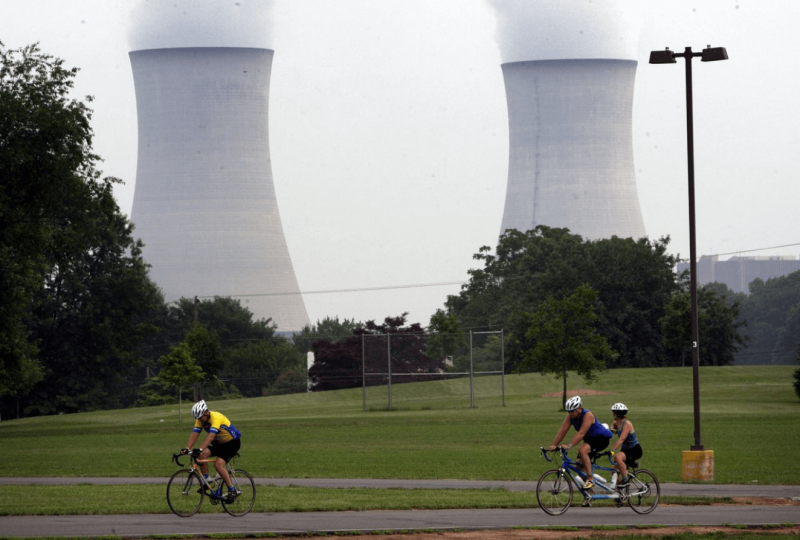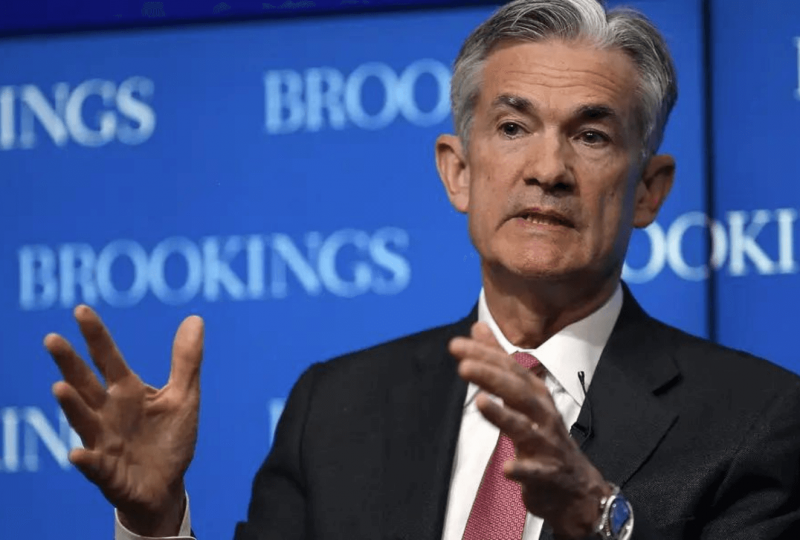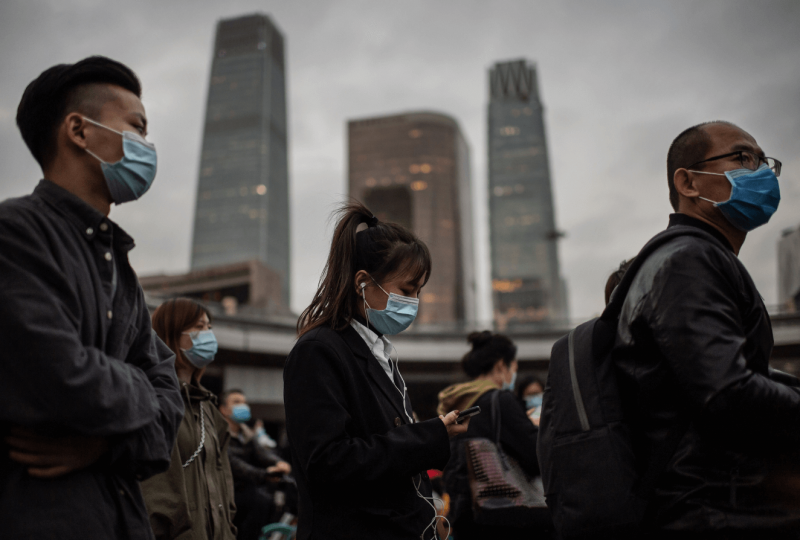Germany Is Closing Half Of Its Reactors At Worst Possible Time
Dec 22, 2021

Germany plans to deactivate nearly half of its nuclear-generating plants by the end of the year, placing more pressure on networks in Europe that are already dealing with one of the greatest power shortages the region has ever seen.
With the closures of Grohnde, Gundremmingen C, and Brokdorf during the phase-out of nuclear power, only three nuclear facilities will remain, which will be shut down by the end of the following year. The closures not only crimp supplies but also eliminate a vital source of low-carbon energy in a country reporting an increase in carbon emission levels.
Following the Fukushima nuclear tragedy in 2011, Germany promised to decommission its units. The nation was a frontrunner in renewable energy at the time, but the phase-out has made it increasingly dependent on fossil fuels for power production. The country is falling behind in the race for zero energy efficiency after substantial compromises with the coal lobby, anti-wind farm demonstrators, and industries, notably car companies.
Hanns Koenig, head of commissioned projects at Aurora Energy Research, commented that from an ecological standpoint, closing German atomic facilities at a time when they remain useful has always been a dubious notion. It was evident that the nuclear phase-out would necessitate increased usage of fossil fuels, resulting in considerable additional emissions.
Nuclear reactors are intended to produce energy 24 hours a day, seven days a week, giving critical reserves when the wind is not blowing, or the sun is not shining. While the closures have been anticipated for some time and are unlikely to trigger a price increase, the elimination of 4 gigawatts of baseload supply exposes Germany's decreasing buffer capacity reserves. It's one of the reasons why prices will increase the following year: the cost of power for delivery in 2022 has increased over five times this year.
This could not have come at a worse time. European energy costs are reaching historic highs, and Germany will have to focus on expensive fossil fuel generation for another 20 years to meet demands. According to Koenig, atomic stations cannot remain open for much longer since they would need investments of hundreds of millions of euros.
With more dependence on coal and gas, emissions will increase more, and Germany is not alone in this regard. The demand for gas has not recovered, and wind generation has fallen short as well, so several European countries have already increased coal-fired energy generation in recent months.
Why European Energy Prices Are So High
Germany plans to phase out all coal-fired facilities by 2038, with the lignite power fleet cut by about 16% by 2024. According to the IEA estimates, growing carbon pricing and increased use of renewables will significantly reduce the country's coal output by that year.
Sabrina Kernbichler, an analyst at S&P Global Platts, pointed out that as more and more European nations are opting to "get out of coal," renewable power assets will likely go up in the long run.
However, fossil fuels are assisting in covering the supply imbalance in the near term. It has been reported that Uniper SE in Germany has decided to postpone the scheduled shutdown of its Scholven-B coal plant to the end of 2022 due to a delay in the construction of a gas unit.
As long as the markets remain tight, this will bring some respite. However, it will not assist Germany in meeting its net-zero targets.




